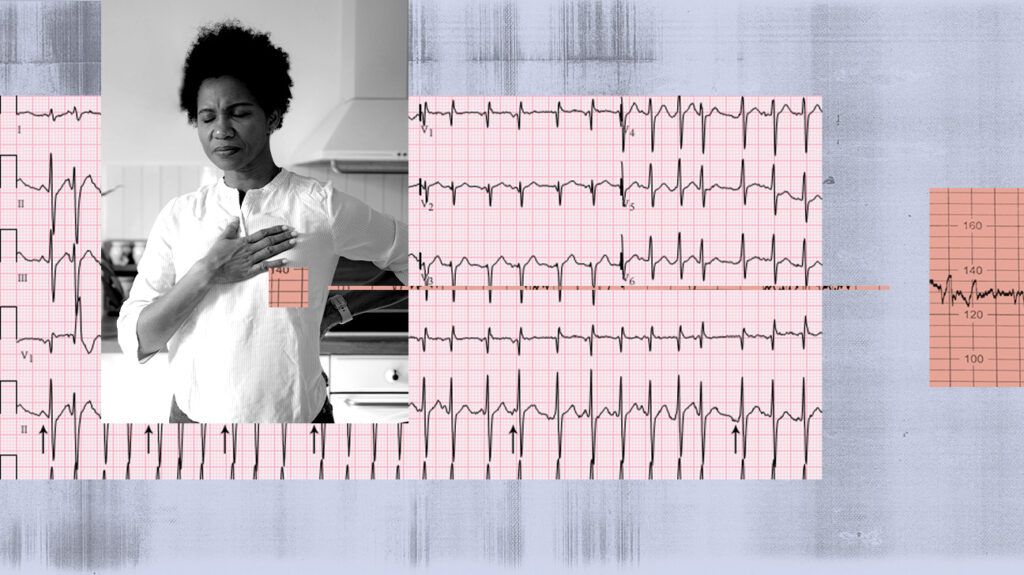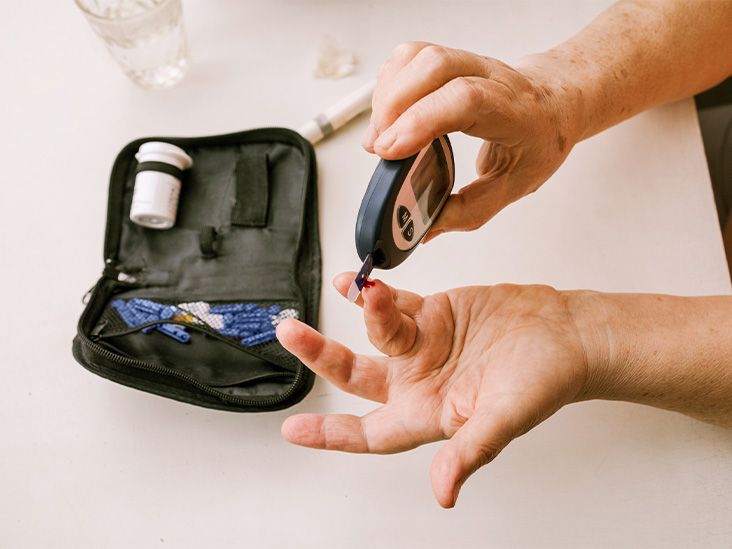Multifocal atrial arrhythmia is an uncommon type of tachycardia that usually develops in people with certain illnesses. Those with the condition have a heart rate of over 100 beats per minute.
Multifocal atrial arrhythmia is more commonly known as multifocal atrial tachycardia (MAT) and may also be called chaotic atrial tachycardia. People with MAT present irregular contractions (arrhythmia) in their heartbeats.
This condition does not always cause symptoms and it may not require treatment. However, a medical evaluation is necessary as MAT can complicate the outlook of certain severe illnesses.

MAT is a supraventricular tachycardia that affects the upper chambers of the heart, causing an irregular and rapid heartbeat. This condition causes a person’s heart rate to be over 100 beats per minute.
MAT is
However, MAT can sometimes develop in children.
Most people with MAT
These may include:
- shortness of breath
- cough
- fatigue
- palpitations, or irregular heartbeat
- chest pain or discomfort
About
Other conditions with links to MAT may include:
- heart failure
- coronary artery disease
- respiratory failure
- pulmonary embolism
- low sodium, magnesium, or potassium levels
- undergoing major surgery
Both atrial fibrillation (Afib) and MAT cause an irregular and rapid heart rhythm and are more common in older adults with pulmonary or heart disease. Afib is a chaotic rhythm in which the atrium is constantly activated and quivering, while there are distinct atrial beats with MAT.
Doctors can tell the two conditions apart
Treatment for Afib and MAT differs, and the former may have stronger links with stroke.
While these are two separate conditions, some research found that about half of the people with multifocal atrial arrhythmia develop atrial fibrillation or flutter at some point in their lives.
Doctors perform an EKG to diagnose MAT, though the result of this test alone is sufficient to diagnose this condition. After the diagnosis, doctors
This may include:
In most cases, MAT
Additionally, the treatment of MAT may include:
- beta-blockers
- calcium channel blockers
- infusions of electrolytes, such as magnesium and potassium
If these medications are ineffective and the arrhythmia is causing significant symptoms or complications, doctors may recommend performing an atrioventricular node ablation and installing a pacemaker to help maintain a regular heartbeat.
The outlook of people with MAT depends on its underlying cause. While most individuals with this condition have stable blood pressure and heart rate, it can cause serious complications if a person develops acute illness.
MAT is often a long-term condition that requires people to attend regular appointments with a doctor. Healthcare professionals will help manage the underlying cause and prevent the onset of severe illness, especially in individuals with COPD or heart disease.
Taking care of the health of the lungs and heart is important to help reduce the risk of health complications and may help prevent the progression of MAT.
In some cases, doctors may prescribe medications to manage the illness for a set time. These medications may include beta-blockers or calcium channel blockers. However, this usually occurs in
Multifocal atrial arrhythmia (MAT) is a condition that causes irregular heartbeats with a heart rate of over 100 beats per minute. The condition can occur because of several illnesses, but the most common cause is lung disease.
MAT develops due to underlying causes and may not cause any particular symptoms on its own. It usually does not need any specific treatment. If a person with MAT experiences symptoms, these usually have links to the underlying cause of the illness and may include shortness of breath, chest pain, or fainting.
The management of MAT mainly focuses on treating the underlying condition, which may involve taking beta-blockers or calcium channel blockers. In some cases, people may need to undergo surgery to get a pacemaker and atrioventricular node ablation.


